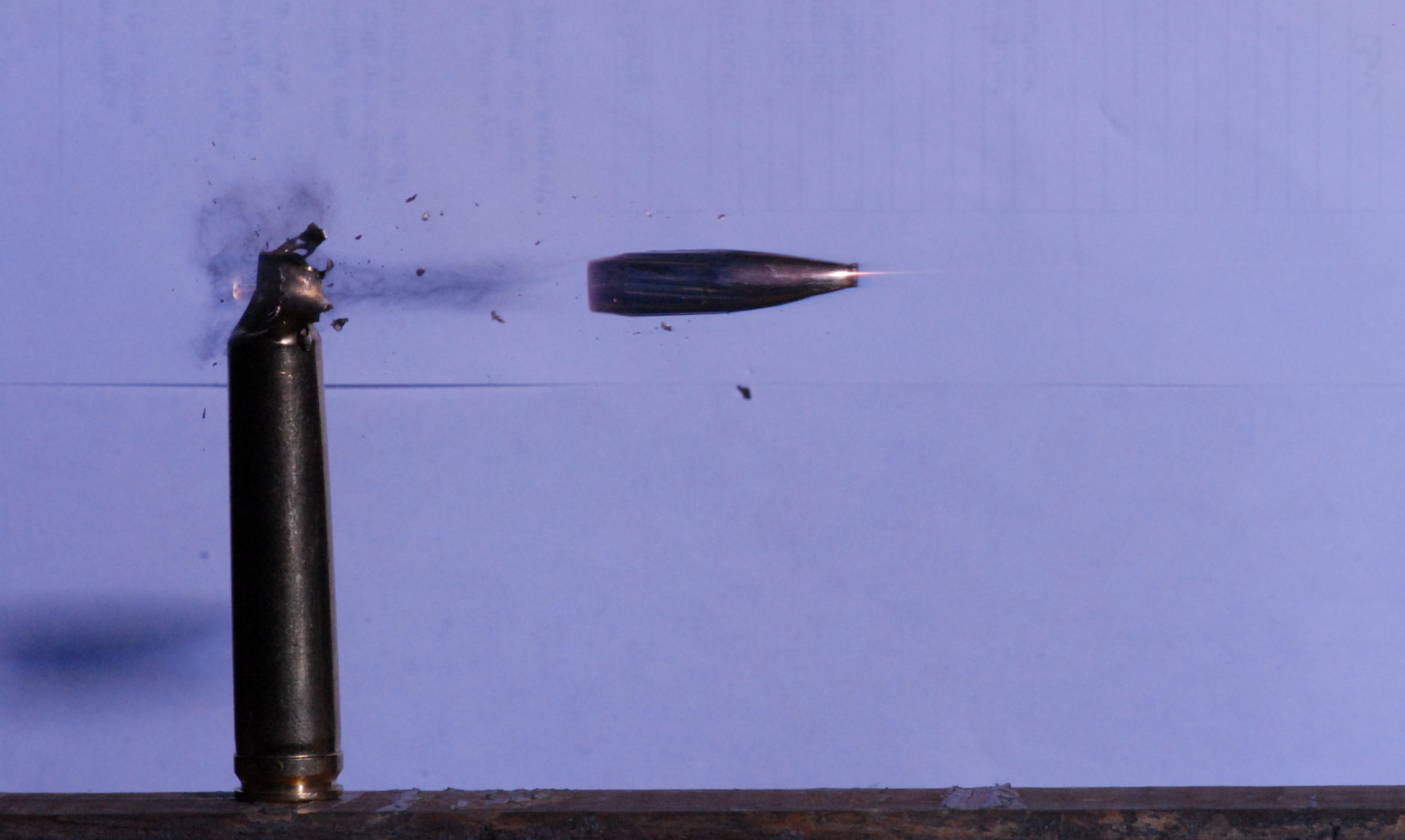With the frame complete, it is time to look at the drive assembly. For now we will focus on the Z and Y Axis. Even though we don’t have printer bed built we can cut the lead screws to length, assemble the bearings, and ensure the fit to the stepper motors. For the time being we will leave out the X-Axis carriage as that will be it’s own subassembly.

The design calls for 4 stepper motors, 4 lead screws, and 4 bearings. We will need to finalize the design for the lead screws in the Y and Z axis, as well a choose the bearings we want for both. As for the stepper motors, we’ve got some NEMA 17 stepper motors we purchased to help fit all the parts together, but we will need to purchase and install the 94in/oz stepper motors for the Y-Axis.
We got lucky and were able to use the same lead screw design for both the Y and Z axis lead screw. This saves us time and money. Both the Axis’s are driven by 1/2-10 lead screws, which are five start. This gives us .500 of movement per revolution or a step resolution of .0025in.
The choices for bearings are outstanding. I know that a common choice for 3D Printers are skateboard bearings, as they are abundant and cheap. However they only have an ID of 8mm (~0.323). I kind of feel bad taking a .500 and turning it down to 8mm just because there are cheap bearings available. At the same time I do not want to float the lead screw in the bearing, I’d rather it be a light press fit or bolted in place.
The other issue is lubrication. This is a simple issue to solve, using shielded bearing will prevent dust and grime from getting into the bearing and will ensure the bearing is permanently lubricated. The rotational velocity of these bearings will never get so high that heat will be an issue, so the need for cooling or the breakdown of the grease is not a concern. I do expect the bearings to last the life of the printer.
Another concern is the machining of the lead screws. From my experience with the 1/2 linear rod, which is hardened, it was not “Free Machining” and was difficult to get a good grip on with the chucks. 1018 is suppose to be easier to machine, so I guess we will see.

McMaster Carr claims that the lead screw is 1/2 in diameter. However neither the bearing manufacturer nor the prints from McMaster Carr have the exact diameter.
It really should be noted that a ball bearing are designed for forces that are perpendicular to the axis. This fits well with the Y-Axis, but a lot of the force from the Z-Axis won’t be. The bearing will have to support the load from the bed, and this could cause premature wear of the bearing and ultimately failure. My primary concern is to reduce the force needed to rotate the shaft, reducing this drag will reduce load on the stepper motor while preserving the alignment. An antifriction bearing does that very efficiently, if we run into issues down the road it should be simple to add in a thrust bearing that will take the load off the Z-Axis bearings.
The machining of these screws was straight forward. 1018 was a pleasure to work with even when it was case hardened. I was a little concerned but my concerns were all unfounded.


All of the operations on the lathe went a smooth as I could have hoped for there wasn’t any issue with holding the work, drilling or cutting. It was a very different experience from the hardened linear rails.


It took me about an hour to machine both lead screws. Personally I was quite happy with the fit and finish. I feel like they turned out pretty much exactly as I had drawn up in SolidWorks.

As is true with a lot of my projects I can get caught up in the unknowns which is related to my inexperience. Someone more experienced than I, would have known that 1018 is pretty simple to turn on the lathe. Never having worked with 1018, it concerned me and I approached it with some level of caution. Now that the lead screws are done we can begin working on mounting them into the frame and fitting the bearings to them.


